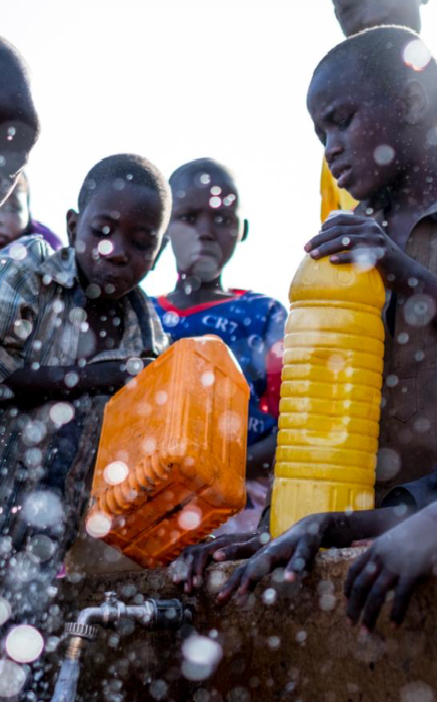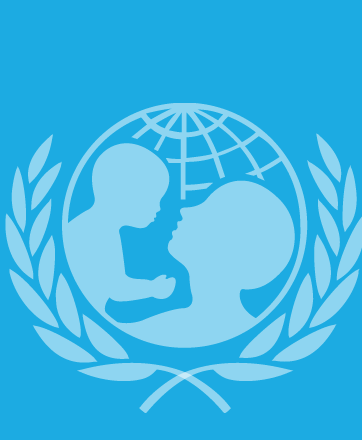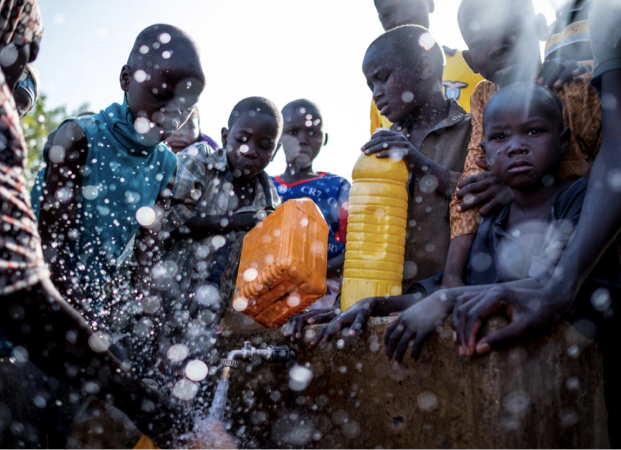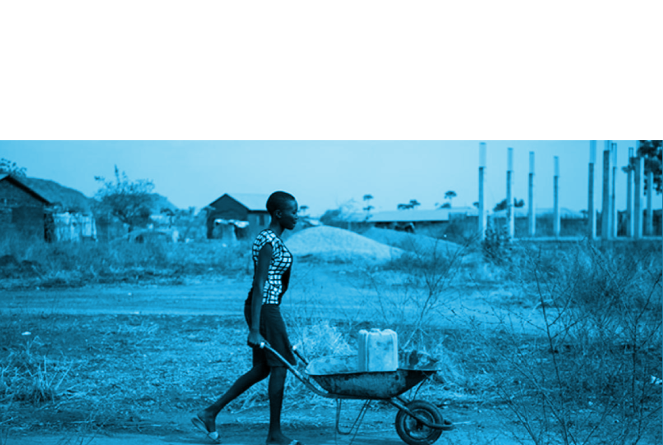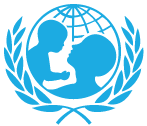The purpose of UNICEF’s results-based model
In UNICEF, results-based management supports multiple actors in working together to create meaningful change in children’s lives. It means planning and tracking the achievement of actual results to support more effective programming, more efficient resource use, greater accountability and more compelling reporting. It requires planning for, achieving and demonstrating not just that activities have been completed, but that results have been realized for people on the ground. As such, it is applicable throughout the whole programming cycle and in all UNICEF offices, programmes and teams.
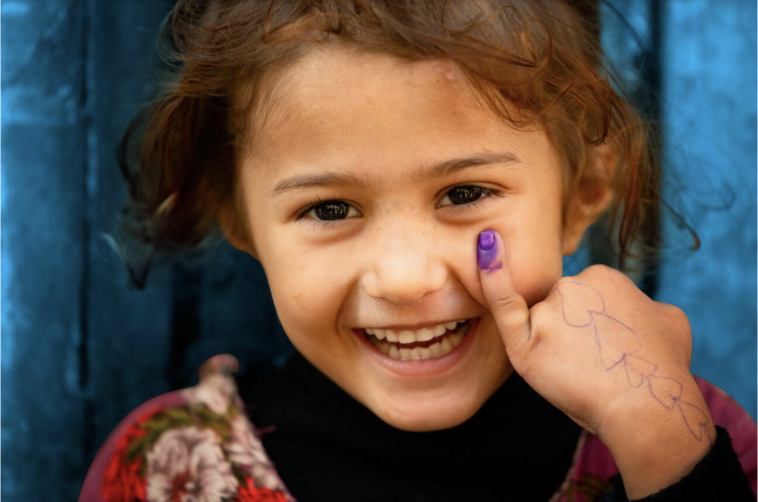
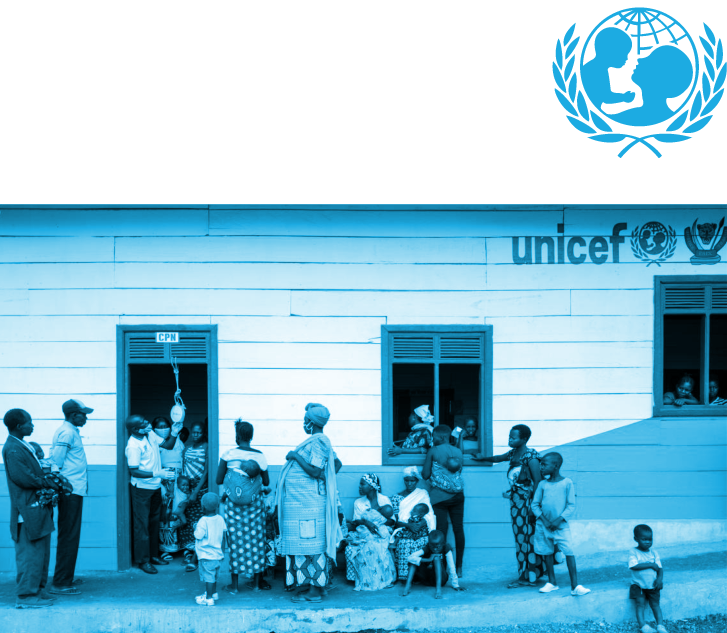
The assumptions or hypotheses about what inputs, activities, outputs and outcomes are both necessary and sufficient to create the desired results for children are our theories of change. We examine the coherence and logic of our theories. Then, as we implement what we have planned, we monitor, make adjustments and evaluate to determine if our intervention is making the hoped-for difference.
The result-based model works in 4 levels: Country Programme, Outcomes, Outputs and Activities. While at a Country Programme level, shareholders fix the amount of funds that must be destined to each specific results areas (for example, to improve water sanitation), there is flexibility to allocate the funds in the Outcomes, Outputs and, Activities that will achieve the major objectives more effectively.
Results structure
Budget structure
Work Breakdown Structure
Why
Country Programme
Changes in the conditions of children
WBS Level 1

What
Outcome
Changes in the performance of individuals/institutions
WBS Level 2

Output
Changes in capacities of individuals/institutions
Allocations
WBS Level 3

How
Activities
What we do
Expenses
WBS Level 4









